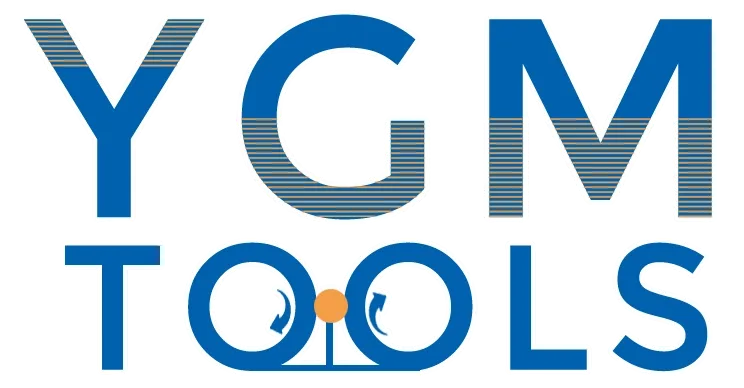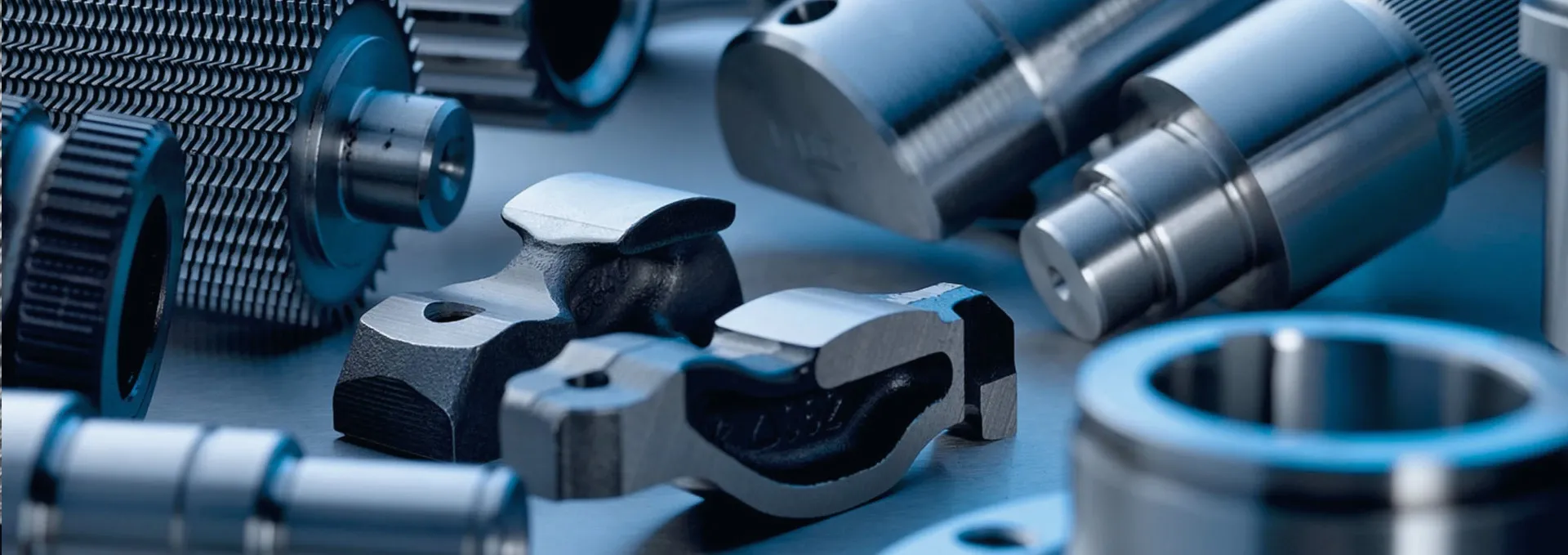
-
 Afrikaans
Afrikaans -
 Albanian
Albanian -
 Amharic
Amharic -
 Arabic
Arabic -
 Armenian
Armenian -
 Azerbaijani
Azerbaijani -
 Basque
Basque -
 Belarusian
Belarusian -
 Bengali
Bengali -
 Bosnian
Bosnian -
 Bulgarian
Bulgarian -
 Catalan
Catalan -
 Cebuano
Cebuano -
 Corsican
Corsican -
 Croatian
Croatian -
 Czech
Czech -
 Danish
Danish -
 Dutch
Dutch -
 English
English -
 Esperanto
Esperanto -
 Estonian
Estonian -
 Finnish
Finnish -
 French
French -
 Frisian
Frisian -
 Galician
Galician -
 Georgian
Georgian -
 German
German -
 Greek
Greek -
 Gujarati
Gujarati -
 Haitian Creole
Haitian Creole -
 hausa
hausa -
 hawaiian
hawaiian -
 Hebrew
Hebrew -
 Hindi
Hindi -
 Miao
Miao -
 Hungarian
Hungarian -
 Icelandic
Icelandic -
 igbo
igbo -
 Indonesian
Indonesian -
 irish
irish -
 Italian
Italian -
 Japanese
Japanese -
 Javanese
Javanese -
 Kannada
Kannada -
 kazakh
kazakh -
 Khmer
Khmer -
 Rwandese
Rwandese -
 Korean
Korean -
 Kurdish
Kurdish -
 Kyrgyz
Kyrgyz -
 Lao
Lao -
 Latin
Latin -
 Latvian
Latvian -
 Lithuanian
Lithuanian -
 Luxembourgish
Luxembourgish -
 Macedonian
Macedonian -
 Malgashi
Malgashi -
 Malay
Malay -
 Malayalam
Malayalam -
 Maltese
Maltese -
 Maori
Maori -
 Marathi
Marathi -
 Mongolian
Mongolian -
 Myanmar
Myanmar -
 Nepali
Nepali -
 Norwegian
Norwegian -
 Norwegian
Norwegian -
 Occitan
Occitan -
 Pashto
Pashto -
 Persian
Persian -
 Polish
Polish -
 Portuguese
Portuguese -
 Punjabi
Punjabi -
 Romanian
Romanian -
 Russian
Russian -
 Samoan
Samoan -
 Scottish Gaelic
Scottish Gaelic -
 Serbian
Serbian -
 Sesotho
Sesotho -
 Shona
Shona -
 Sindhi
Sindhi -
 Sinhala
Sinhala -
 Slovak
Slovak -
 Slovenian
Slovenian -
 Somali
Somali -
 Spanish
Spanish -
 Sundanese
Sundanese -
 Swahili
Swahili -
 Swedish
Swedish -
 Tagalog
Tagalog -
 Tajik
Tajik -
 Tamil
Tamil -
 Tatar
Tatar -
 Telugu
Telugu -
 Thai
Thai -
 Turkish
Turkish -
 Turkmen
Turkmen -
 Ukrainian
Ukrainian -
 Urdu
Urdu -
 Uighur
Uighur -
 Uzbek
Uzbek -
 Vietnamese
Vietnamese -
 Welsh
Welsh -
 Bantu
Bantu -
 Yiddish
Yiddish -
 Yoruba
Yoruba -
 Zulu
Zulu
Effective Operation and Maintenance of Thread Rolling Machines for Optimal Performance
Thread Rolling Machine Working Principles and Service
In today's manufacturing landscape, precision and efficiency are paramount. Among the various processes that help achieve these goals, thread rolling has emerged as a vital method for producing high-quality threaded components. This article delves into the working principles of thread rolling machines and underscores the importance of proper maintenance and service to ensure optimal performance.
Working Principles of Thread Rolling Machines
Thread rolling is a cold-forming process that produces threads on a cylindrical workpiece. Unlike traditional cutting methods, which remove material, thread rolling reshapes the material, resulting in improved strength and surface finish. The primary mechanism involves the use of two or more rotating dies that press against the workpiece, forcing it into the desired shape.
The process begins with the selection of a suitable workpiece, typically made of ductile materials such as steel, aluminum, or brass. The diameter and initial length of the workpiece are crucial, as they determine the final thread profile and dimensions. The workpiece is then placed between the thread rolling dies. These dies move in opposite directions, creating the rolling action necessary to form threads.
As the dies rotate, they apply pressure to the workpiece, which causes plastic deformation. This means that, rather than being cut, the material flows into the shape of the die. The result is a continuous thread that boasts enhanced mechanical properties, such as higher tensile strength and fatigue resistance compared to cut threads.
One of the significant advantages of thread rolling is its efficiency. The process can achieve a high production rate, with machines capable of rolling thousands of parts per hour. Additionally, thread rolling minimizes material waste, as it does not involve any cutting or shavings, making it a more sustainable option for manufacturers.
Importance of Maintenance and Service
thread rolling machine working service

Despite their efficiency, thread rolling machines require regular maintenance to perform optimally. Proper service protocols not only prolong the lifespan of the machinery but also ensure the consistency and quality of the threaded components produced.
Regular inspections should include checking the condition of the dies, as they can wear over time due to constant use. Worn dies can lead to inaccuracies in thread dimensions and potentially compromise the mechanical properties of the finished product. Replacing or reconditioning dies as needed is essential to maintain the precision of the process.
Lubrication is another critical aspect of maintenance. Adequate lubrication reduces friction between the dies and the workpiece, allowing for smoother operation and preventing premature wear. Operators should monitor lubrication levels regularly and apply the appropriate lubricant suitable for the specific materials being processed.
Additionally, thread rolling machines should be calibrated periodically to ensure they are operating within specified tolerances. Calibration checks can identify any deviations that may arise, allowing for timely adjustments to preserve the machine’s accuracy.
Furthermore, training operators on the proper handling and operation of thread rolling machines is crucial. Well-trained personnel not only improve safety but also enhance the overall efficiency of the manufacturing process. Knowledgeable operators can quickly identify issues and make the necessary adjustments, contributing to a more productive environment.
Conclusion
Thread rolling machines play a significant role in the manufacturing of threaded components, offering advantages in strength, efficiency, and sustainability. Understanding the working principles of these machines and prioritizing regular maintenance and service are critical steps for manufacturers aiming to uphold quality standards and maximize productivity. By investing in proper care and ensuring skilled operation, industries can harness the full potential of thread rolling technology, driving success in an increasingly competitive market.
